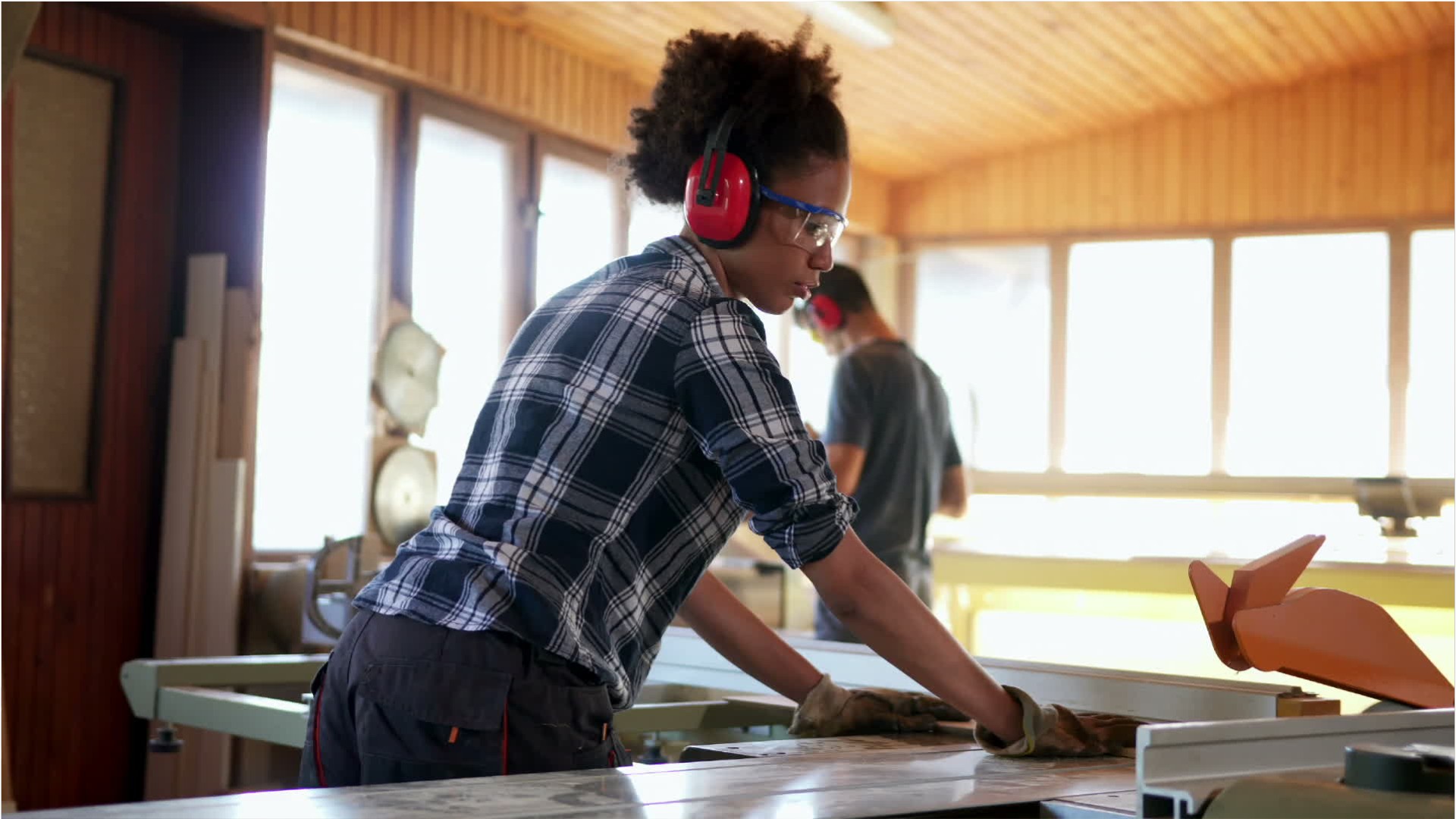Furniture Finishers
Finisher, Furniture Finisher, Lacquer Sprayer, Sprayer
What they do:
Shape, finish, and refinish damaged, worn, or used furniture or new high-grade furniture to specified color or finish.
On the job, you would:
- Brush, spray, or hand-rub finishing ingredients, such as paint, oil, stain, or wax, onto and into wood grain and apply lacquer or other sealers.
- Fill and smooth cracks or depressions, remove marks and imperfections, and repair broken parts, using plastic or wood putty, glue, nails, or screws.
- Smooth, shape, and touch up surfaces to prepare them for finishing, using sandpaper, pumice stones, steel wool, chisels, sanders, or grinders.
Knowledge
Manufactured or Agricultural Goods
- manufacture and distribution of products
Engineering and Technology
- mechanical
Skills
Basic Skills
- keeping track of how well people and/or groups are doing in order to make improvements
- listening to others, not interrupting, and asking good questions
Problem Solving
- noticing a problem and figuring out the best way to solve it
Abilities
Hand and Finger Use
- keep your arm or hand steady
- hold or move items with your hands
Ideas and Logic
- group things in different ways
- make general rules or come up with answers from lots of detailed information
Personality
People interested in this work like activities that include practical, hands-on problems and solutions.
They do well at jobs that need:
- Attention to Detail
- Dependability
- Cautiousness
- Perseverance
- Achievement Orientation
- Innovation
Technology
You might use software like this on the job:
Accounting software
- Intuit QuickBooks
Data base user interface and query software
- DuPont ColorNet
- DuPont Spies Hecker Wizard
Office suite software
- Microsoft Office software
Education
Education: (rated 2 of 5)
high school diploma/GED or
no high school diploma/GED
usually needed
no high school diploma/GED
usually needed
Get started on your career:
Find Training
Apprenticeship.gov
Job Outlook
Below Average
New job opportunities are less likely in the future.
Explore More
- Cabinetmakers & Bench Carpenters
- Grinding & Polishing Workers, Hand
- Molders, Shapers, & Casters
- Painting, Coating, & Decorating Workers
- Upholsterers
You might like a career in one of these industries:
See more details at O*NET OnLine about Furniture Finishers.





